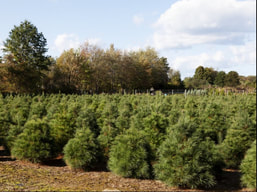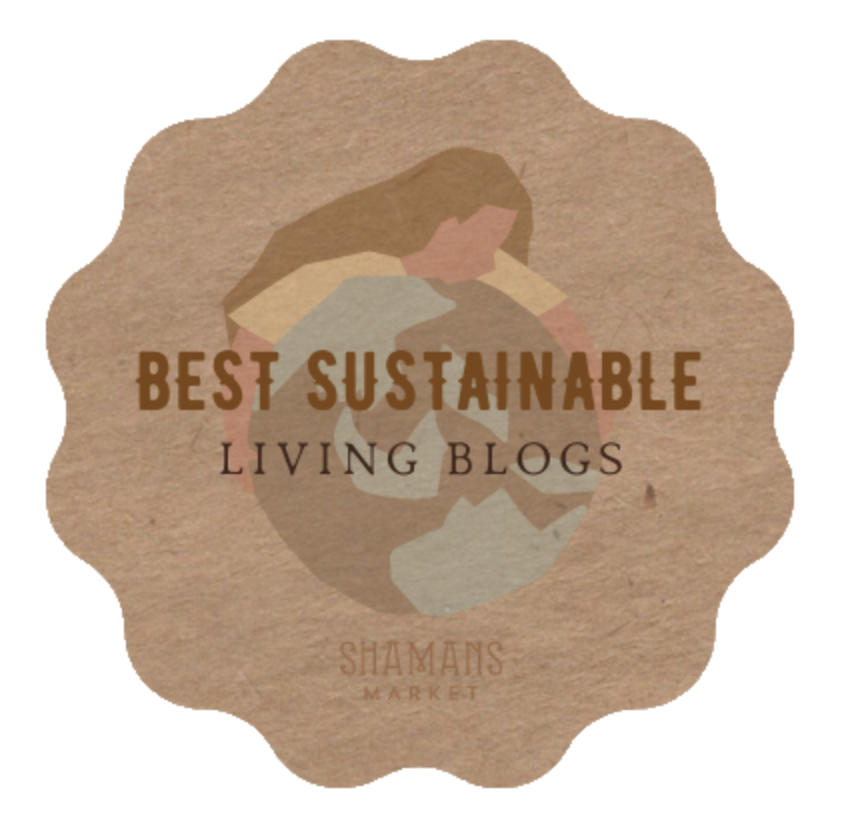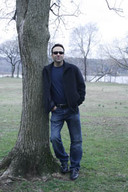I have been asked many times by many people, "What kind of Christmas tree should I buy?"
My answer is always the same, "I prefer a Douglas Fir, however a Fraser Fir is just as nice."
Their reply is always, "Oh no, I mean between a fake tree or a real tree. Which is best for the environment?"
Well, the answer is always a real tree will be better for the environment. Here are the reasons and facts as to why:
 A Christmas Tree Farm
A Christmas Tree Farm Additionally, real trees purchased from a local Christmas Tree farm or a Garden Center such as the Powers' Country Gardens, does not produce the extreme carbon emissions that occur in the manufacturing of a plastic Christmas Tree and shipping 85% of said product from China seven thousands miles away. This is not counting the miles shipped across our country to stores.
I have read stats showing that we have here in the United States thousands of tree farms, many are growing Christmas trees. Up to 35 million real Christmas trees are sold each year as farmers plant up to 3 seedlings for every Christmas tree harvested according to the National Christmas Tree Association. I believe between the United States and Canada, approximately 350 million Christmas trees are growing every year.
Now the cost for buying a real Christmas tree every year can average out to $75.00. Well, actually the cost will be more and that is because at least half a day should be devoted to buying a Christmas Tree with family and friends. That means car pooling, getting a bite to eat together and don't forget the hot chocolate or candy canes! Perhaps a snowball volley will be possible due to the weather. How about a visit to see one of Saint Nicholas' helper or even Saint Nick himself for the kids! Also some ice skating or attending church services can all be done before visiting the local Garden Center or a Christmas Tree farm where you actually get to pick and cut down your own Christmas Tree! Sharing Christmas cheer with the farm workers and the family operating the farm or garden center is far better than pulling a plastic tree out of the attic or basement that lacks the fresh pine scent from a real tree. The reality of all this is that any day like the above with family and friends is priceless.
We must also include in our decision the facts that real trees are renewable, biodegradable, compostable, and recyclable into useful wood. At last count, there are over 4,000 Christmas tree recycling programs nation wide.
Comparing real trees to the annual 10 million artificial trees sold each year that have non-biodegradable plastic, possible other toxins such as lead, and cannot be recycled after an average 7 year life span, real trees are far more sustainable and better for the environment.
After all, what would you enjoy more? Spending a day like the one described above making real memories or being inside a store to buy a fake tree invented by the toilet bowl brush company called Addis Brushes. Yes, a fake tree isn't anything more than a giant green plastic upside down toilet bowl brush! Besides, who has memories of the time buying a fake tree?
Bill Lauto, at GoingTrueGreen.com
Environmental Scientist
International Sustainability and Energy Consultant
Contribute your comments!





















